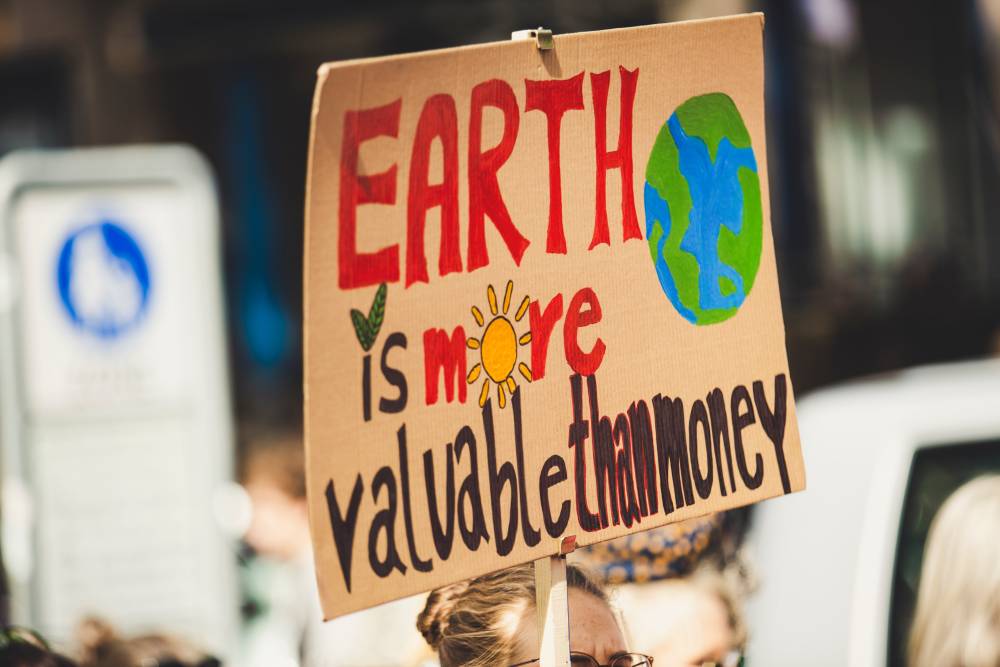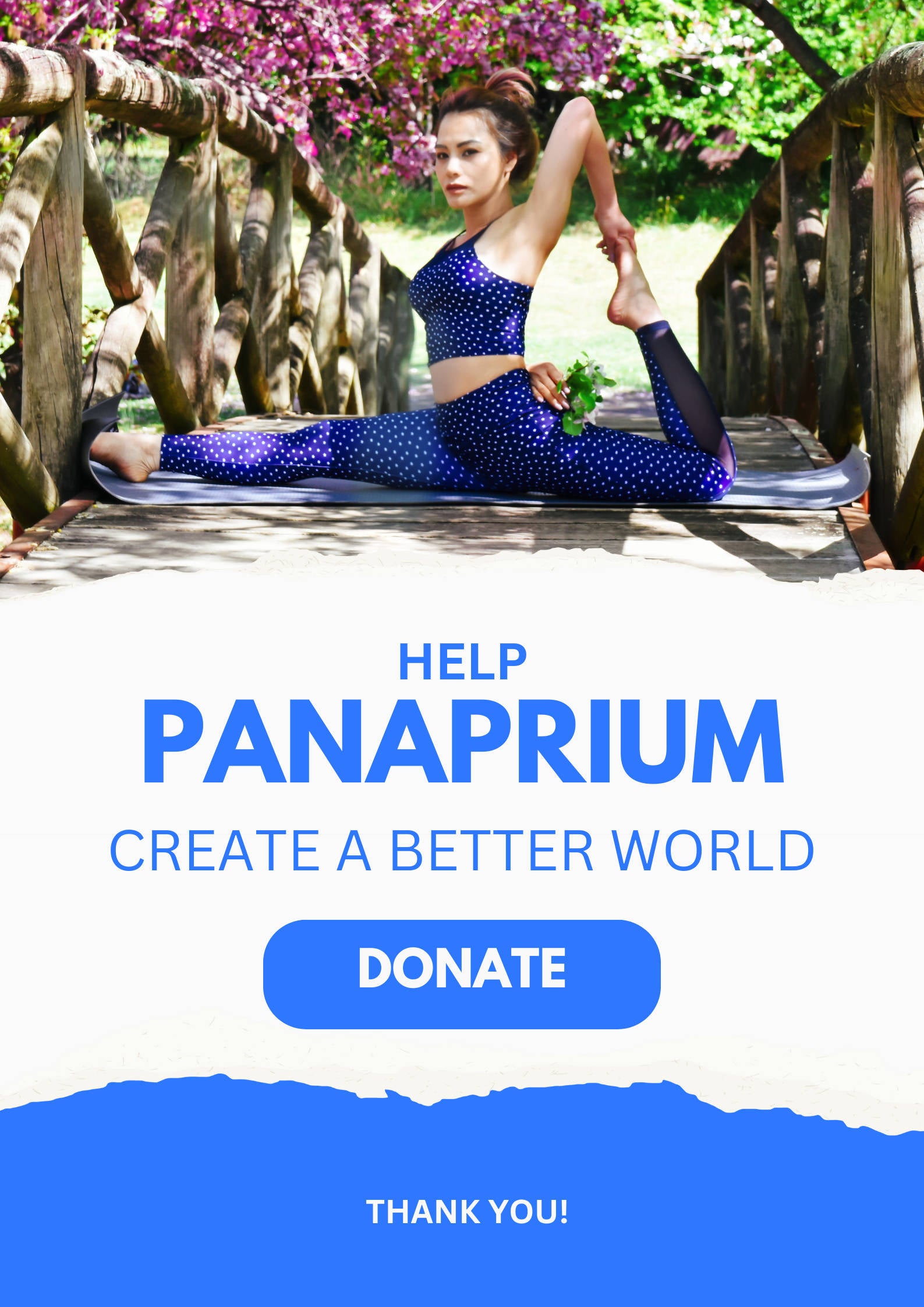
Fashion used to slow, local, and expensive before the rise of fast fashion over the last 20 years. But clothing pieces lasted a lot longer and old textiles were often repurposed into new items.
Today, high-street fashion is global, fast, trendy, cheap, and offers new designs every day. The traditional 4 seasons have been replaced by 52 seasons, one every week.
The COVID-19 crisis has affected the fashion world deeply. Workers lost their livelihood, factories stood still, and businesses went bankrupt. Sustainable fashion is now the future of the textile and apparel industry.
The youngest generation demands more sustainability and transparency in the fashion industry. They promote a more responsible way of producing and consuming clothes. They buy fewer clothes and higher quality.
Fast fashion is near its end and a new ecological era is beginning. Sustainability and digitalization are the primary concerns in the fashion system today.
Without technology and innovation, fashion cannot become more sustainable. The apparel and footwear industry is young, dominated by burgeoning minds.
Conscious consumers want handmade, organic, and sustainable clothing. It's understandable as sustainability is necessary for the planet, people, and animals to survive.
"Sustainability is not something special, it is a human need, just like love, affection, sex, and hunger. You can term it as a responsibility - a morality or legal correctness, but it is something that has been important. The conversation is big right now because the people are asking for change."
- Sanjay Garg, Raw Mango Founder, Designer, and Managing Director

Fast fashion created an impulsive shopping culture, making clothing disposable with a short lifespan. We have to move away from the linear take-make-waste fashion system to a more sustainable, circular, and regenerative economy.
"Game-changing technologies can bring real change to the industry. We see large corporations that are committed to becoming more sustainable, have pledged towards circularity. Sustainable fashion is a part of the ecosystem within this shift towards a system that is more restorative and regenerative."
- Katrin Ley, Fashion for Good Managing Director
Even the youngest consumers understand the urgency of driving change to repair the damage that has been done. We have to take them seriously and start taking massive action to reduce waste, pollution, and carbon emissions.
“For more than 30 years the science has been crystal clear. How dare you continue to look away and come here saying you are doing enough when the politics and solutions needed are nowhere in sight.”
- Greta Thunberg, climate activist, as told to the United Nations Climate Action Summit

Fashion must not only become sustainable but also ethical and cruelty-free. Many fashion brands still use sweatshop-like conditions in their factories. And billions of animals are killed every year for their hide and skin.
As consumers, we have the power to drive change in the fashion industry. We can help solve these issues by choosing sustainable, ethical, and cruelty-free options when shopping for clothing and accessories.
"One can see the stress increasing upon the durability, quality, and ethical production as the world roars about the degrading climate change. Catastrophes are upon us and its high time to exercise one’s agency in reclaiming socio-environmental responsibility. A massive utilitarian and sustainable shift towards alternative material usage, production, and disposal mechanisms is starting to arise. Though brands are to do their part, a major industry shift is also better enabled by conscious consumerism."
- Mayura Davda Shah, MAYU Founder and Creative Director
The fashion industry is one of the largest polluters globally. It has a catastrophic contribution to climate change. Luckily, many large brands and retailers are taking these issues seriously and incorporate sustainable practices into their daily operations.
"Applications like Pinterest is largely responsible for bringing transformation. Capsule Wardrobe is a thing now which translates to cutting down of accesses, sticking to essentials, and following a streamlined approach towards fashion. It is interesting to see how international brands are redefining their ways of sourcing fabrics, keeping the environment in mind to reduce their carbon footprints. Industry players are now finding and adapting ways to reduce the use of excess fabric and minimize wasting materials."
- Akshay Jain, Greenways Managing Partner

Green business is booming. Unfortunately, sustainability is also a marketing strategy. Many fashion companies make misleading claims about the environmental benefits of their products or services. Greenwash drives sales from a favorable image.
As conscious consumers demand greener products and services, the fashion industry struggles to meet them. Fashion brands and retailers must be careful about how they present their clothes.
Sustainability requires new designs, trends, materials, and techniques. A mix of tradition and innovation is necessary to make a successful transition towards sustainable fashion.
Was this article helpful to you? Please tell us what you liked or didn't like in the comments below.
About the Author: Alex Assoune
What We're Up Against
Multinational corporations overproducing cheap products in the poorest countries.
Huge factories with sweatshop-like conditions underpaying workers.
Media conglomerates promoting unethical, unsustainable products.
Bad actors encouraging overconsumption through oblivious behavior.
- - - -
Thankfully, we've got our supporters, including you.
Panaprium is funded by readers like you who want to join us in our mission to make the world entirely sustainable.
If you can, please support us on a monthly basis. It takes less than a minute to set up, and you will be making a big impact every single month. Thank you.































0 comments